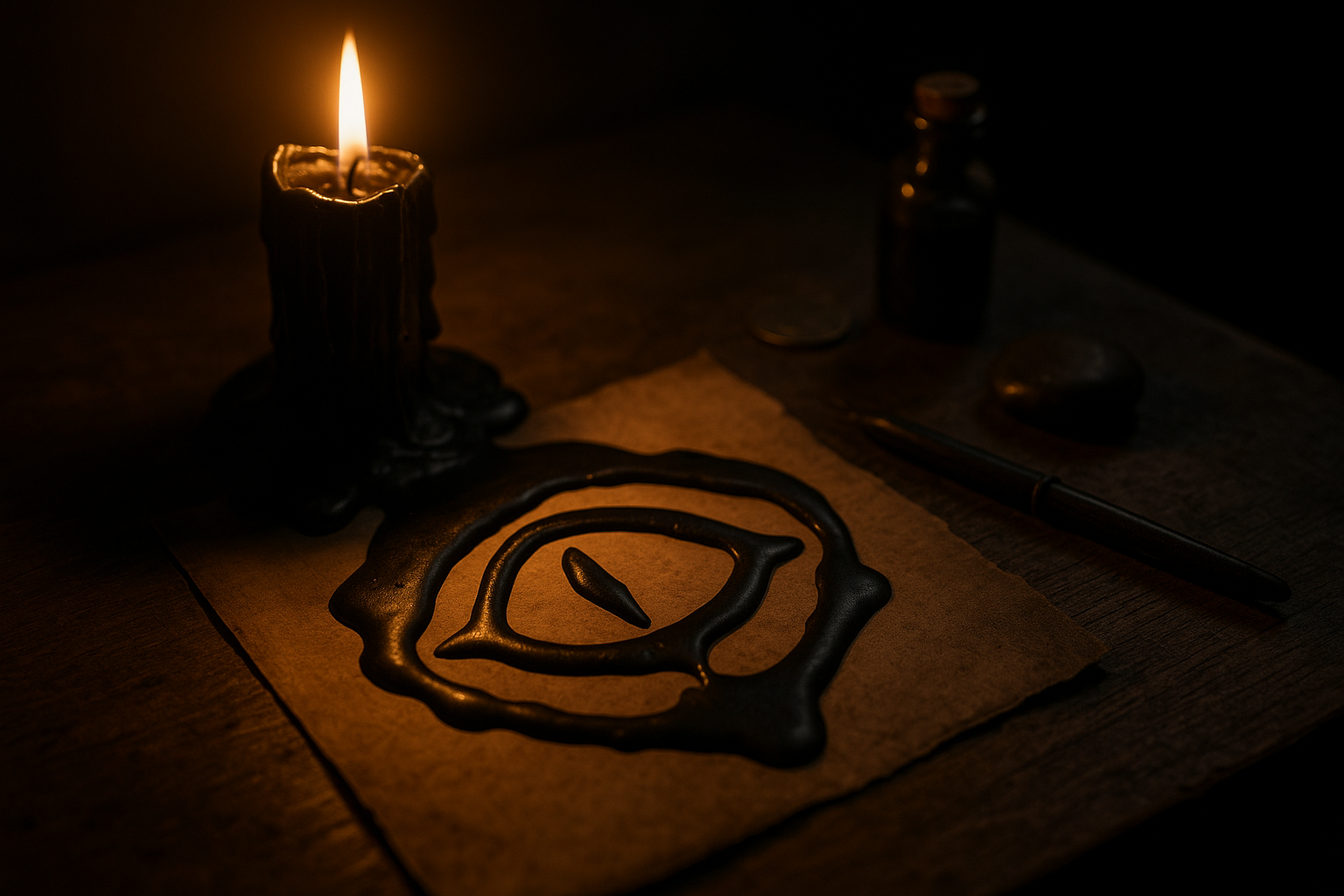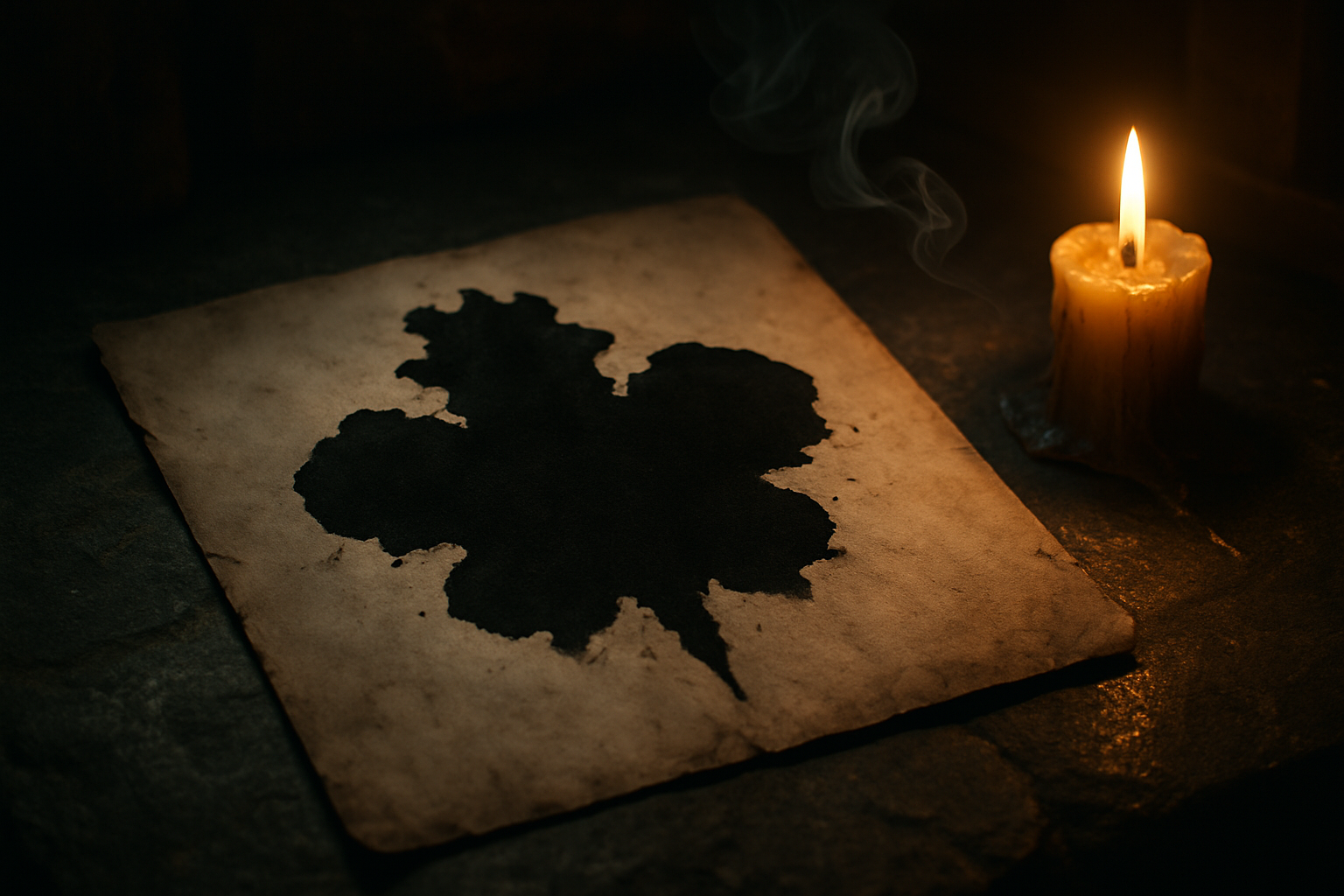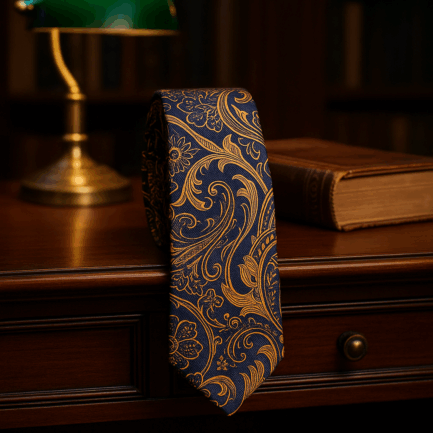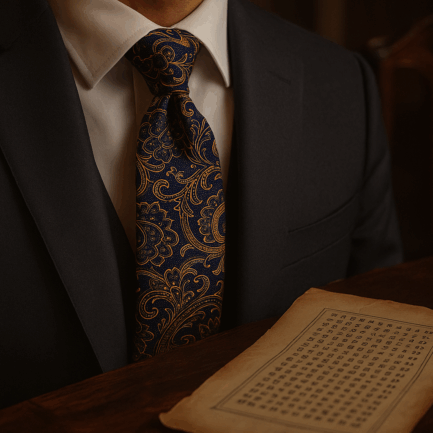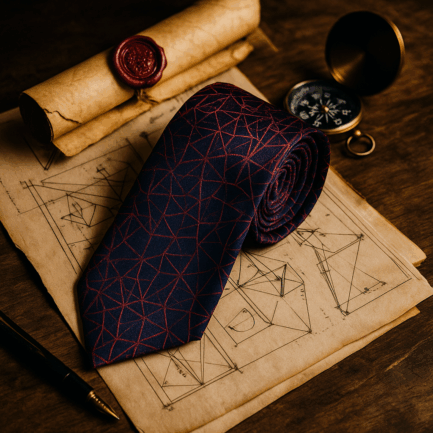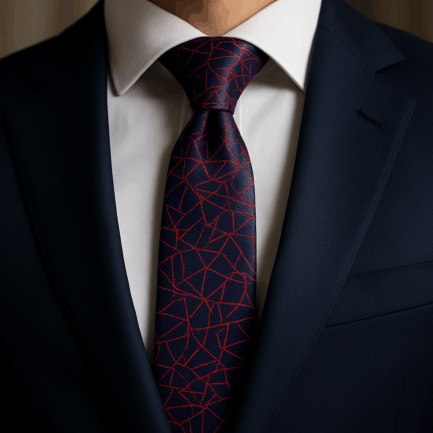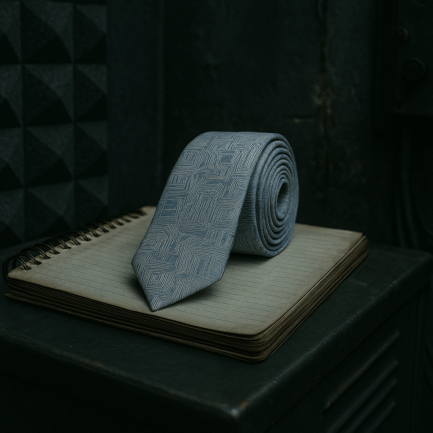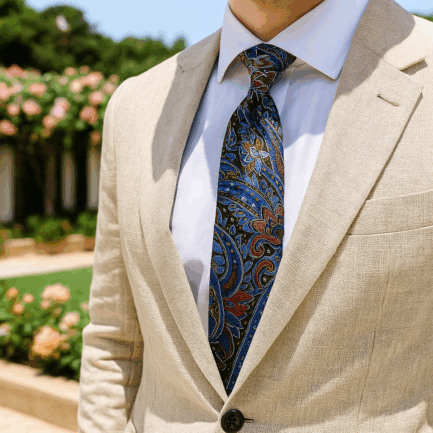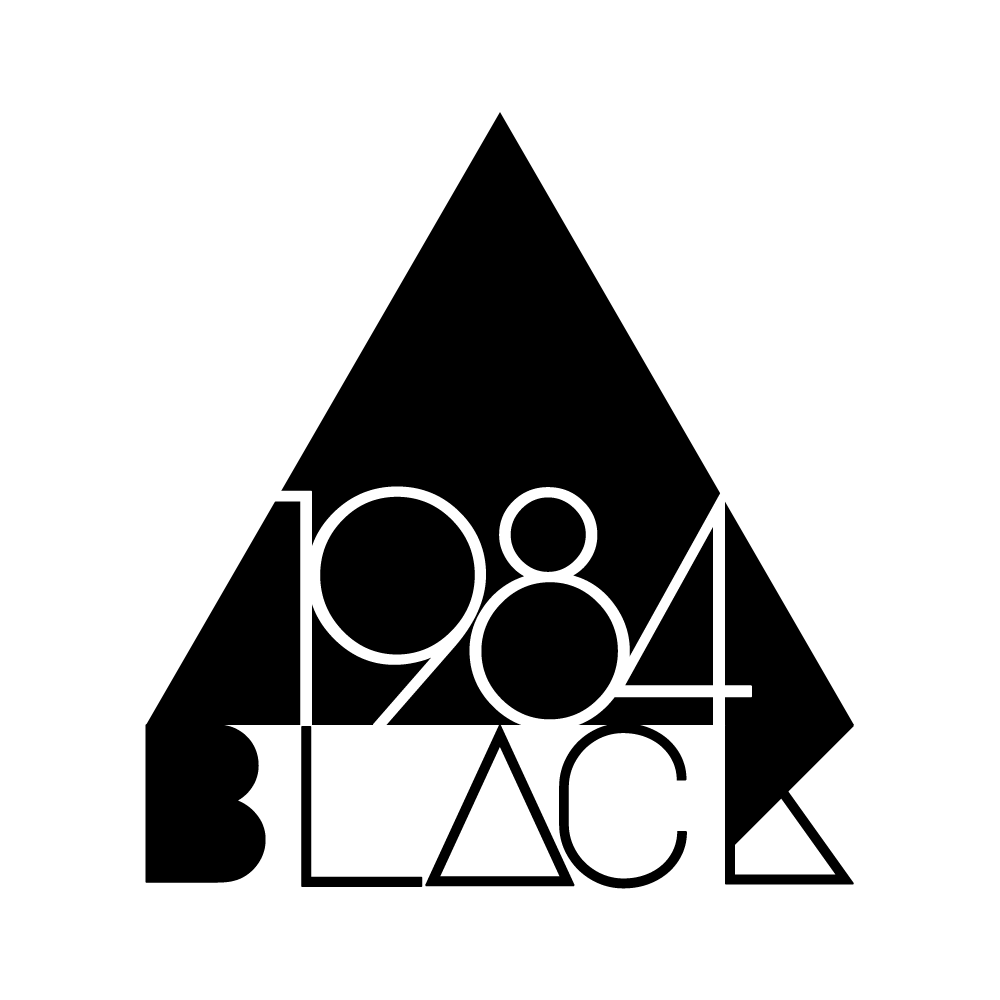We are pattern-seeking beings.
We find faces in smoke, codes in dreams, meanings in cracks, constellations in the chaos. A rustling in the woods is never just the wind. A number repeated twice is never just math.
Apophenia is the name we give to this urge; to find order where there may be none. It is our instinct to see the invisible thread. To believe that symbols surround us, waiting to be read.
And perhaps they do.
The Origins: A Glitch or a Gift
The word apophenia was first used in psychiatry — describing the early stages of schizophrenia, where patterns form not through logic, but through association. A song on the radio seems to speak directly to you. A glance from a stranger contains a message. Two unrelated events feel fused by fate.
But long before it was labeled, it was practiced.
The oracle at Delphi interpreted vapors. The priest read entrails. The mystic read dreams. The king consulted the stars. The merchant noticed omens in the flight of birds, the echo of footsteps, the way wax cracked.
It was not madness. It was meaning.
Symbols Don’t Knock. They Whisper.
In a world where logic reigns, apophenia is considered error — a system malfunction. But in symbolic thought, it is the beginning.
Because meaning does not always arrive in clarity. Sometimes, it arrives in intuition. In a moment of déjà vu. In a pattern on fabric that reminds you of something unnameable. In a dream that leaves behind not words, but weight.
The mind is not a cold machine. It is an interpreter. A conjurer. A pattern-maker.
And those who are attuned to its whisper know when to follow the thread.
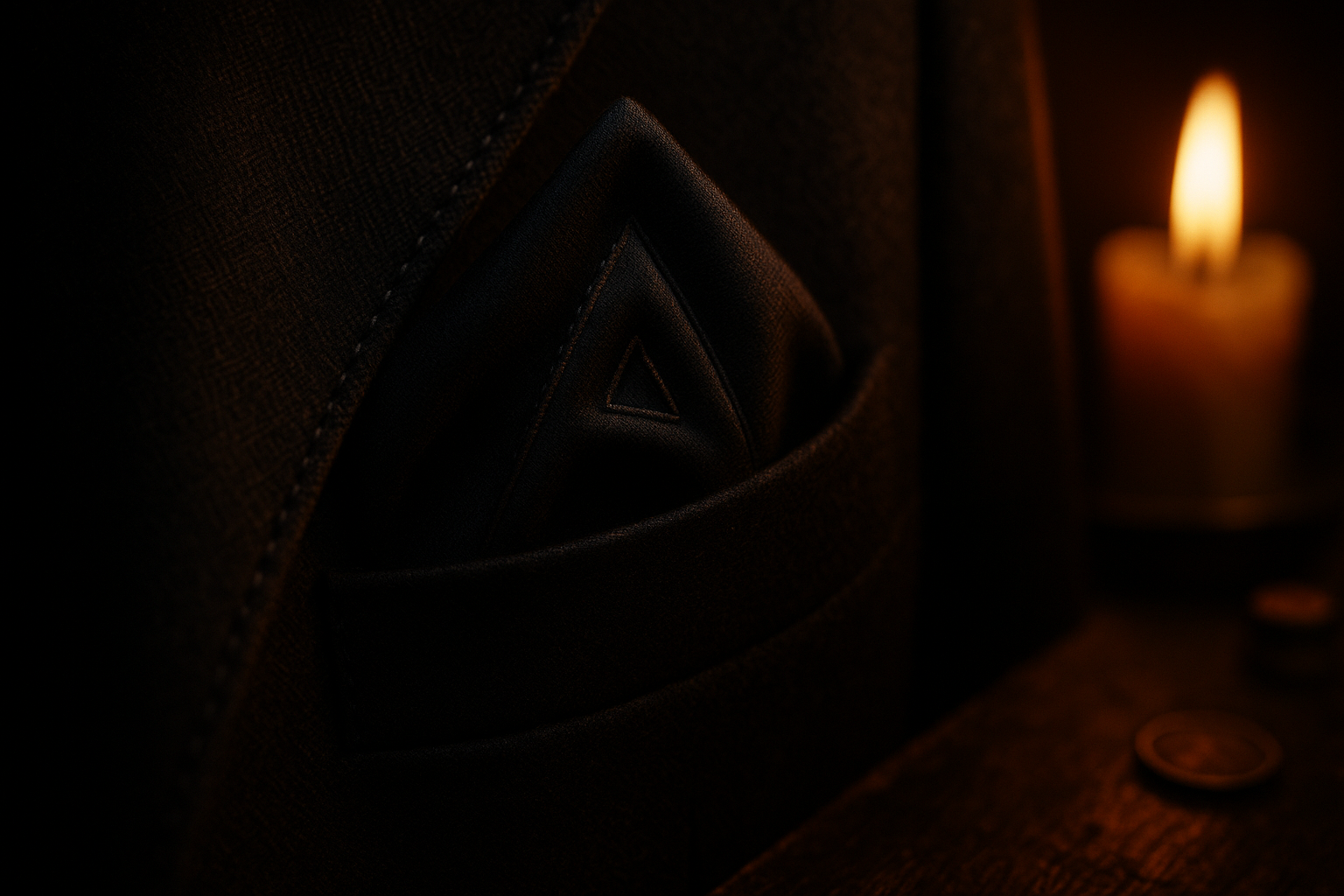
Seeing Differently, Dressing Accordingly
A person who recognizes patterns others ignore does not dress by instruction. They choose garments the way a poet chooses metaphors — suggestive, layered, echoing.
A pin with an odd shape. A color that appears across three days. A handkerchief folded not for form, but to mirror a sigil seen in a dream.
The wardrobe becomes a field of embedded signals. A response to something half-remembered.
Style becomes a kind of divination.
At 1984.black, We Embrace the Signal
We do not design for the masses. We design for the watchers. The interpreters. The ones who see the shape behind the shape.
Our accessories carry just enough geometry to raise a question. Just enough tension to suggest a message.
To wear them is to say: I see more than is shown. I hear more than is said. I read between.
It is to participate in a silent dialogue — not with people, but with pattern itself.
Apophenia is not delusion.
It is initiation.
Hidden Facts & Lesser-Known Connections
-
Carl Jung spoke of synchronicity — meaningful coincidences that seem to defy logic but echo inner truths.
-
In chaos theory, strange attractors form discernible patterns from random behavior.
-
Rorschach inkblots are used precisely to provoke apophenia — to reveal the seer more than the shape.
-
Ancient diviners used cracks in bone, tea leaves, and molten lead to interpret fate. Pattern was never absent. Only unseen.
-
Modern AIs trained to detect patterns can also hallucinate them — seeing faces or language where none was programmed.
Closing Reflection
To the skeptic, apophenia is a flaw.
To the initiated, it is a gift.
It means alertness. It means sensitivity.
It means you are tuned not to what is, but to what might be becoming.
Some call it misfiring.
We call it listening.
-
The Cipher Veil Silk Tie
€ 29,99 -
The Crimson Lattice Silk Tie
€ 29,99 -
The Cypher Pattern Tie
€ 29,99 -
The Kasbah Cipher Silk Tie
€ 29,99

